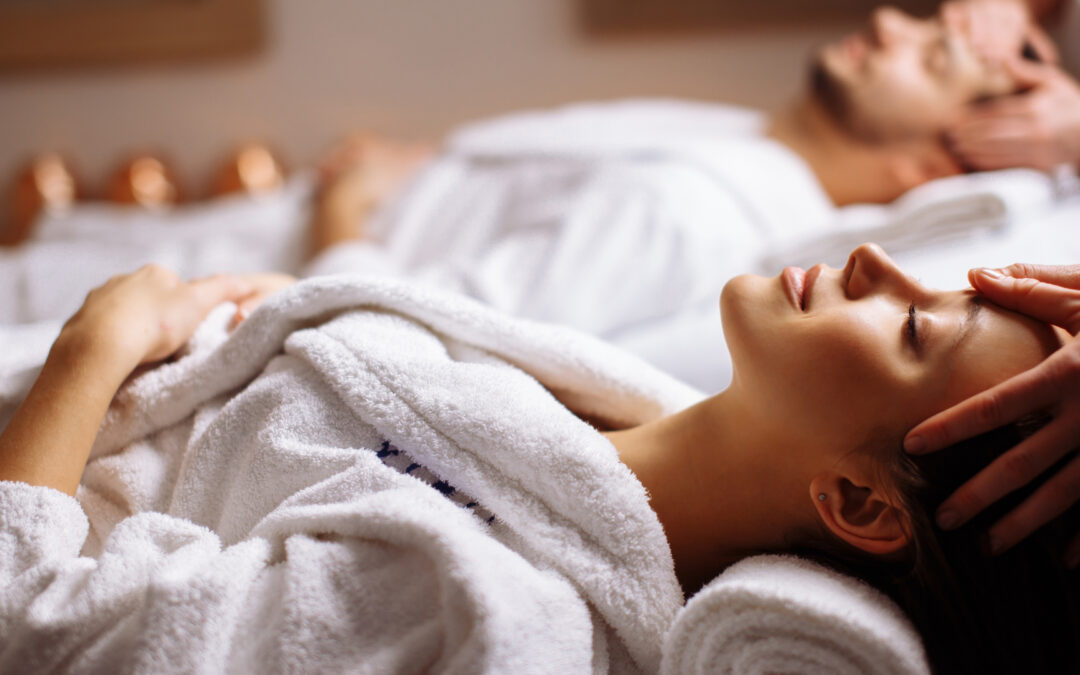Among all therapies, massage is the most elementary and the oldest. Its history and evolution go back to the most distant epochs of human life on earth.
The first massage, performed by man, happened when he instinctively rubbed his skin to relieve the pain of any trauma. Since the most remote civilizations we have written that talk about massage.
The Greeks and Romans were undoubtedly great experts and practitioners of massage, and they indicated it in sports and in the treatment of diseases.
In the West, for a long period, from the Middle Ages to the end of the 19th century, massage was forgotten and obscure, having been practiced only by the curious and laymen, it did not deserve the attention of doctors who did not recognize its therapeutic value.
It was Dr. Henry Pahr Ling, at the end of the last century, who reintroduced massage as a therapeutic resource in medical circles around the world.
Currently, the recognition that massage has great therapeutic virtues has made it possible to expand its teaching and create new departments in all modern hospitals.
Definition: Massage is the language of touch. We can define it as a set of touches exercised on the body for therapeutic, sporting, aesthetic, emotional, playful or sexual purposes.
Massage Effects: Acting on the skin and deep organs, massage has two main types of effects: an indirect, psychological, physiological effect, with general repercussions; and a direct, muscular, mechanical effect, with local repercussions.
Physiological Effects of Massage: Effects on the skin: the massage acts on the skin removing its superficial epithelial layer, unclogging the follicles, on the cutaneous circulation, and, in addition to increasing the local temperature, it also has a calming action, as it acts on the sensitive fillets, decreasing their hyperexcitability. Massage makes the skin thinner and more elastic.
Effects on subcutaneous cellular tissue: this tissue occupies the space between the skin and the muscles and is very rich in lymphatic vessels. What determines the thickness of the subcutaneous cellular tissue is the greater or lesser amount of fat. Massaging this tissue is likely to increase fat absorption and elimination. This is only possible with the pinch massage that reduces the fat to very small and probably absorbable globules.
Effects on adipose tissue (fat): It is common practice to use massage for weight loss. However, it is important to emphasize that massage can only lose weight indirectly, increasing diuresis, sweating, increasing metabolism and reducing fat to extremely small globules that can probably be absorbed and eliminated.
Effects on the muscles: A vigorous massage does not give rise to the formation of Lactic Acid and consequently acidic and avoiding muscle fatigue; undoes the Fibrous Adherence of muscle fibers, indirectly increasing muscle strength, as it mechanically stimulates muscles and greatly improves circulation and consequently muscle nutrition with an evident increase in vital energy. One of the most indisputable facts of massage is the increase in muscle volume.
Effects on circulation (Blood and Lymphatic): Massage can act on circulation in two ways: first through a mechanical effect that is done in the centripetal direction, it helps return circulation. Second, by determining the reflex contraction of the smooth muscle fibers of the vessel walls in such a way as to maintain or restore their normal tone. Massage determines a notable increase in nutritive exchanges between the bloodstream and the tissues, thus improving your metabolism.
Effects on the Nervous System: Massage can act in several ways on the nervous system, depending on the techniques used, the dose and the pressure applied.
The gentle massage is soothing and sedative; vigorous massage stimulates and excites the nerves.
There is no doubt that massage has an effect both on the CNS (Central Nervous System) and on the sensory nerve endings and even on the motor nerves, thus having a local effect.
Effects on Metabolism: As a physical and mechanical agent, massage exerts a certain influence on metabolism. Massage is able to increase the elimination of certain constituents of urine, increasing diuresis through abdominal massage.

